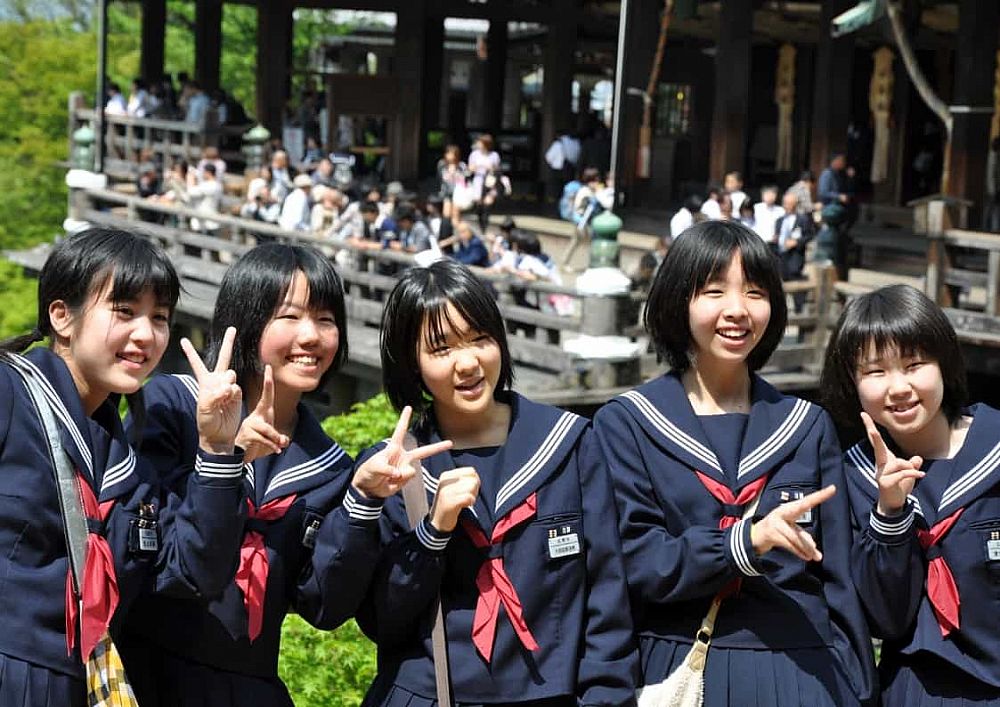Classroom Management for Young Learners in Japan

With the end goal of working in a Japanese kindergarten or pre-school, I decided to take the Teaching English to Young Learners certification course to accompany the TEFL course I recently completed through ITTT. Even though I knew the skills necessary for teaching young learners would differ from teaching learners of other ages, I found a lot of useful information in this course specifically regarding the topic of classroom management.
Table of Contents
How to become an English teacher in Japan
Disciplining the students while still maintaining a fun learning environment
Switching seating around to avoid the creation of 'cliques' in the classroom
Are you ready to take your Teaching English to Young Learners TEFL Course?
This post was written by our TEFL certification graduate Melissa M.
How to become an English teacher in Japan
For context, most teaching environments for entry-level teaching positions in Japan involve a foreign teacher working alongside a native Japanese teacher. That being said, with the proper certifications and experience, a foreign teacher may become fluent in Japanese and acquire the work experience necessary to lead their own, independently led English classes in Japan. In the case of teaching young learners, I have found that most jobs require two years of prior teaching experience, but once the job is secured, more autonomy is granted in teaching. This creates a new level of responsibility for the teacher in classroom management. In Japan, specifically, teachers are expected to be a parental figure, and cultural sensitivity is important.
Also read: Step-By-Step Guide To Legally Teaching English in Japan
Disciplining the students while still maintaining a fun learning environment
One issue that I've read about foreign teachers having when teaching young learners in Japan is on disciplining the students while still maintaining a fun learning environment. Our first goal in teaching English is to make it as enjoyable as possible so the young learners stay engaged and excited to use English at school. The balance can be difficult to find without the proper experience or guidance, and I myself have wondered how I might go about dealing with those issues in the future. One of the first things the TEFL course outlined in regards to classroom management is the sliding scale of teacher authority and classroom chaos.
Many factors can play into how your students perceive you. Things like tone of voice, eye contact, and gestures can all help to subtly let students know when to quiet down without having to ruin a fun classroom atmosphere. Another good point in the course was the use of names when giving instruction. The misbehavior is more likely to happen when students feel like they are anonymous, but as the course said, singling out one student on occasion is an effective way to let them know that you're aware who is doing what at any given time. Equally important is the equal treatment of the students, and one of the things to avoid would be playing favorites. While it might seem like common sense, continuously praising one student over others might in turn create misbehavior of other students.

Switching seating around to avoid the creation of 'cliques' in the classroom
Aside from personal factors in behavior, one of the interesting pieces of advice from the course was to switch seating around to avoid the creation of 'cliques' in the classroom. This advice seems so simple and obvious, but I had never thought about it. When I was a child, I remember teachers moving seating arrangements, but it never made sense until I read it in the context of classroom dynamics. If two students need to be separated, moving the entire classroom seating arrangement around a bit can deter that misbehavior without directly having any confrontation with a misbehaving student. Additionally, switching students from the back row to the front row, and visa versa, will allow students more opportunity to get to know one another in classroom activities or games.
Also read: The Top 5 Places to Teach English in Japan
Are you ready to take your Teaching English to Young Learners TEFL Course?
Coming into this TEFL course, I wasn't expecting to find as much helpful information as I wound up finding. The section on classroom management was one of many useful sections, but considering my personal worries about striking a proper balance of fun and disciplined, I feel much more confident that I will have options for dealing with any tough situation in the classroom setting in the future.
Apply now & get certified to teach english abroad!
Speak with an ITTT advisor today to put together your personal plan for teaching English abroad.
Send us an email or call us toll-free at 1-800-490-0531 to speak with an ITTT advisor today.
Related Articles:
- The Best Countries for Single Women to Teach English Abroad
- Teaching English in France - The Salary and Budget Guide
- 5 Creative Writing Activities for the ESL Classroom
- 4 Top Tips for Getting Your TEFL Certificate on the Road
- 8 Amazing Things You Can Do with a TEFL Certificate
- 5 Reasons Why Teaching Abroad is Better Than Studying Abroad



